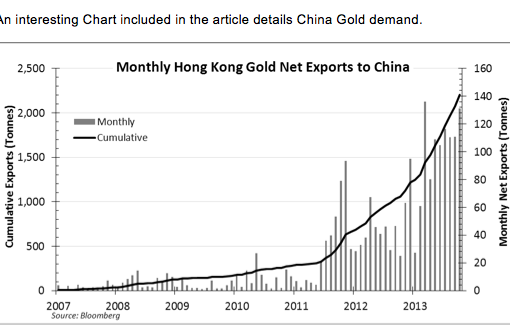A challenging year, like the one Twinleaf Management Small Cap Value portfolio had in 2014, provides an opportune time to self-reflect.
Here’s what we’ve been thinking about as we enter 2015:

Small caps
Portfolio volatility is to be expected in small cap investing. Several factors contribute here, including that small companies typically have shorter operating histories, smaller revenue bases, fewer customers, weaker management and less profitability than larger companies.
This doesn’t necessarily mean that investors should avoid small caps, but it does mean that they should choose companies carefully and consider the downside.
High levels of volatility is an indication that stocks are mispriced, one way or another. Mispriced stocks create investment opportunities.
Time Horizon
Multi-year investment horizons are advised. Small cap investing in the public markets has some similarities with private equity investing, including the need for longer horizons.
Private equity typically requires a 7-10 year lock-up of invested capital. Small cap horizons aren’t that onerous but 2-3 years is a suggested minimum.
Returns are not linear in small cap investing. It is not unusual to see portfolio performance that is outside the bands of common benchmark indexes. This, of course, is the definition of volatility and leads us to our next point.
Small cap investing may not be highly correlated to other asset classes, including large-cap stocks.
Volatility and non-linear returns suggest that asset allocations for small cap investing should be small, perhaps a single digit percentage of one’s investable assets. But ignoring small caps completely as an asset class may be a mistake.
Profit taking
Be quicker to take profits on stocks that run up sharply, even if the stock is a core, long-term holding. Often that same stock can be repurchased at a lower price when the short-term excitement wears off. We missed excellent, but fleeting, opportunities to sell certain stocks in 2014.
Use care in sizing positions in illiquid stocks as it may take an M&A event to completely exit.
Concentrated portfolios can magnify investment performance. By design, Twinleaf client portfolios only hold 8-12 names, which works well at times and not so well at other times.
For multiple reasons, we believe that the concentrated portfolio approach delivers long-term results but it can be non-linear and volatile in the short term.
Mergers
M&A takeouts can be a key point of differentiation in small cap investing. Small cap companies are statistically more likely to be purchased than large ones and takeout premiums can be higher (perhaps to account for that volatility and market mispricing).
None of our Twinleaf portfolio companies was purchased in 2014, a disappointing and surprising development that isn’t likely to continue forever.
Investing in powerful, secular trends can take time to show results. A core investment theme around which our Twinleaf client portfolios are built is that media content consumption and advertising dollars are migrating quickly to digital (from conventional media), on-demand (from linear), apps (from browser-based content) and to the second and third screens (from TVs and computers).
This theme did not yield investment results in 2014 for Twinleaf portfolios, but we believe that it will in time.
Photo Credit: Blatant World via Flickr Creative Commons
DISCLAIMER: The reader should not assume that any investments identified were or will be profitable or that any investment recommendations or investment decisions we make in the future will be profitable. Past performance is no guarantee of future results.



